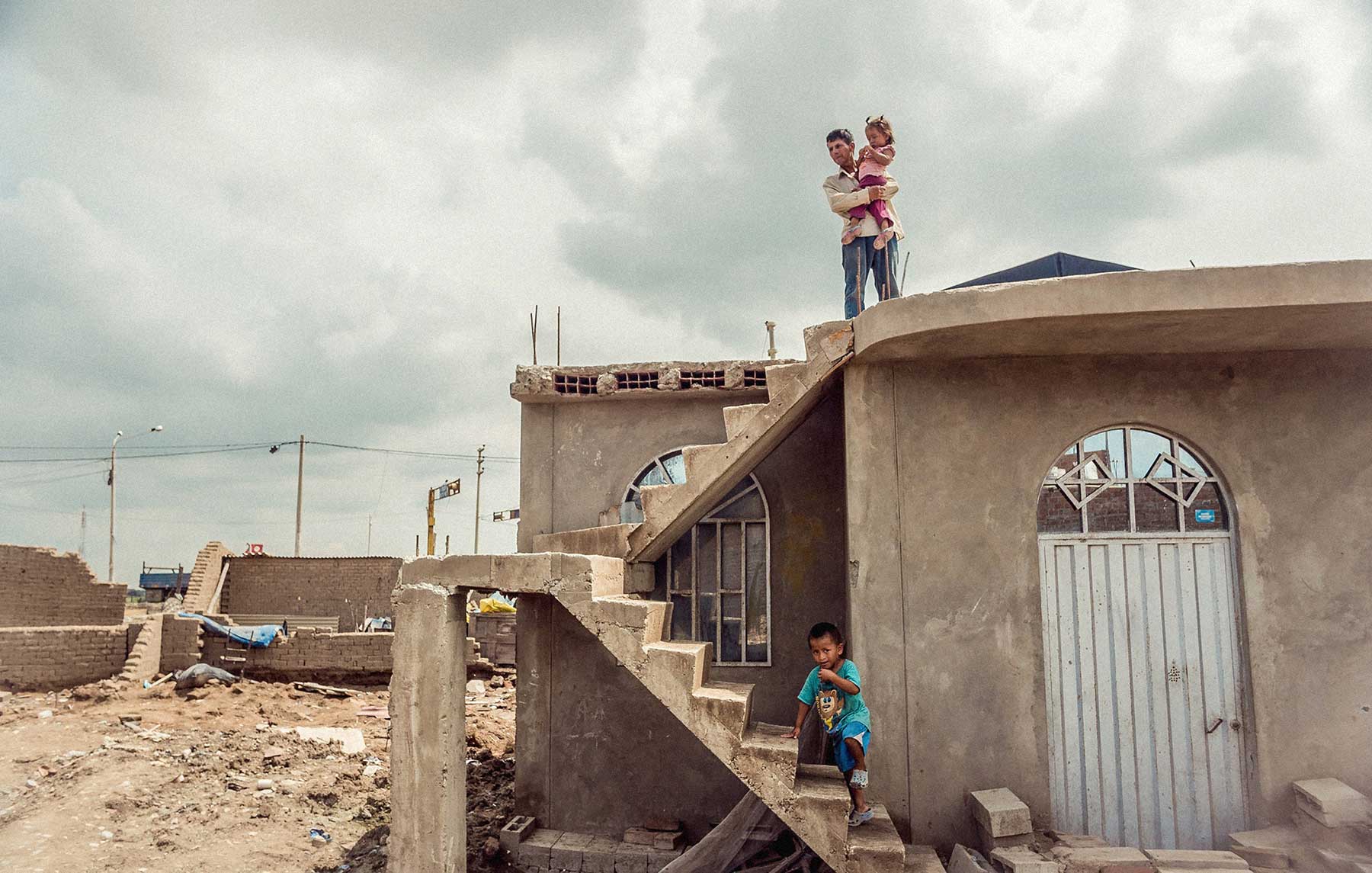The Gini index is a statistical measure of the income distribution - the lower the Gini number, the more equal a society - so zero is perfectly equal.
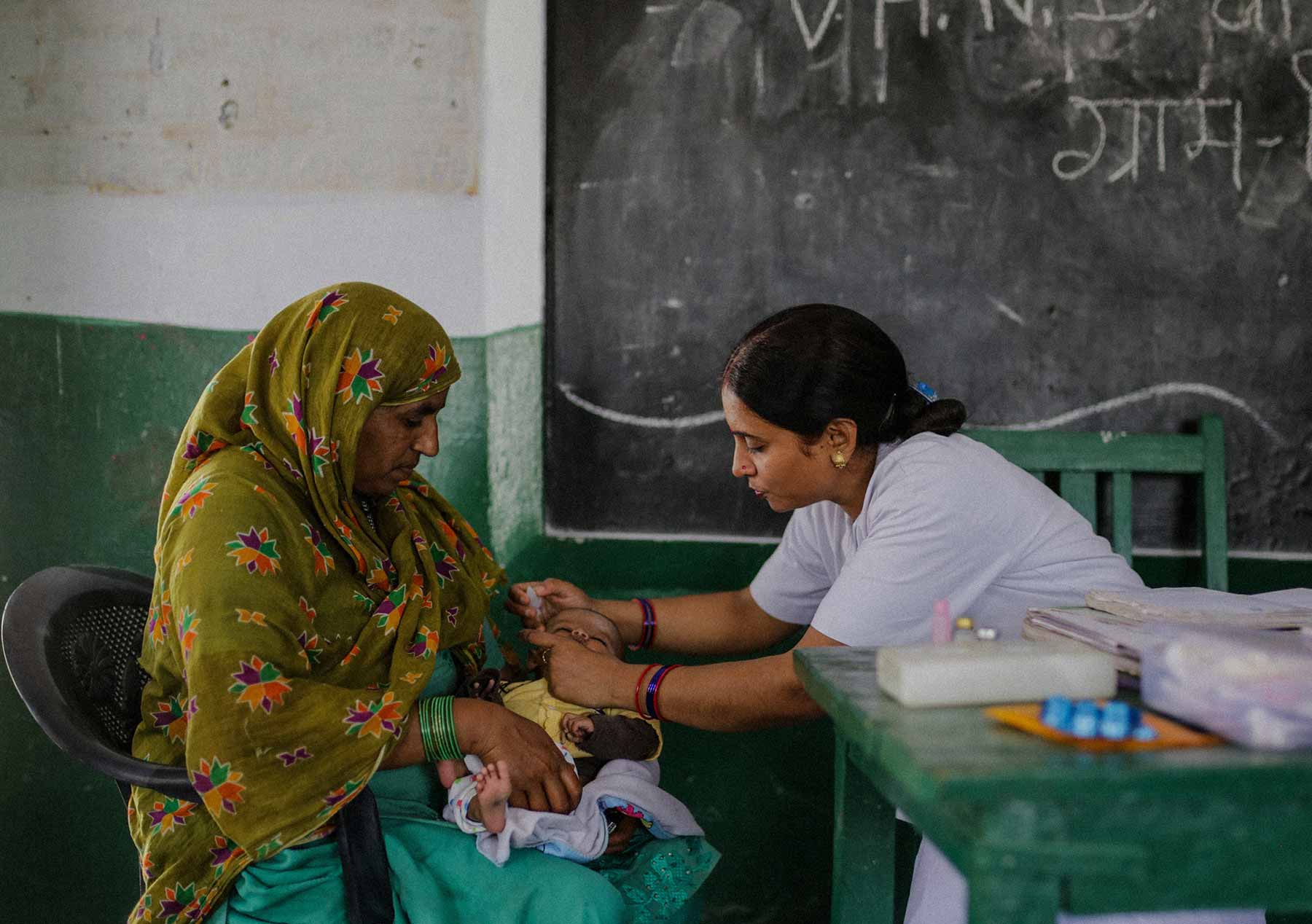

Defining Inequality
mean by
inequality
Inequality is not just about wealth (net worth) or income (pre-tax salary). It can also be seen in life expectancy, or how easily a person can get healthcare, quality education or public services. There are inequalities between sexes and social groups. Every facet of inequality greatly hampers our ability to meet the SDGs. We must measure them all if we’re going to promote sustainable development.
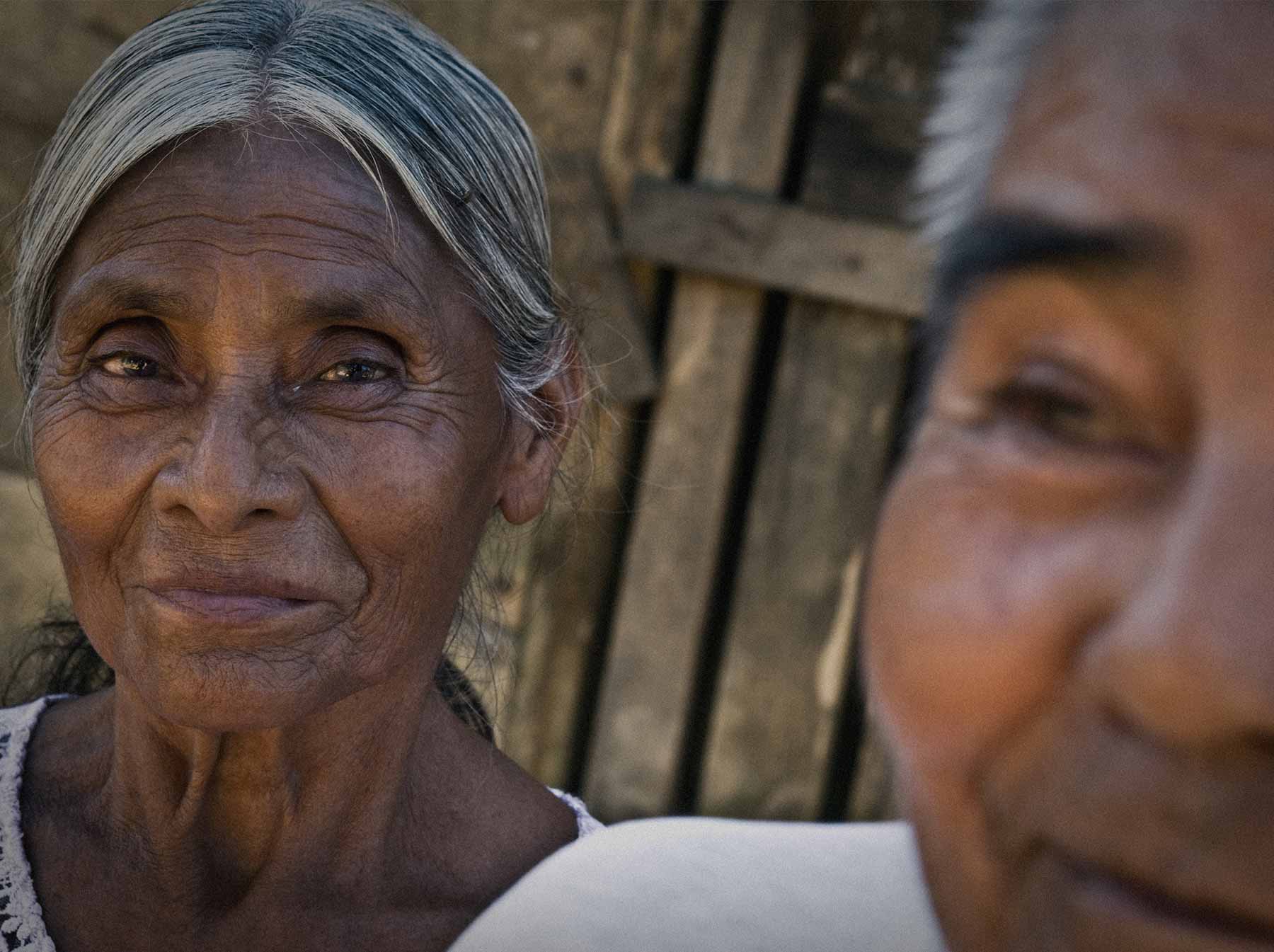
How is inequality
measured?
The most common measure of inequality comes from comparing levels of income.
Inequality increases and persists because some groups have more influence over the policy-making process. And other groups can’t make the system responsive to their needs. This leads to policy distortions and undermines the democratic process.
UNDP Latin American and the
Caribbean Regional Director
by country
inequality
The Americas
Although inequality has fallen in Latin America in previous years, it remains the region with the highest income inequality, a fact of which its citizens are well aware.
Since the 1980s the chasm between the haves and have-nots has grown in almost all of the developed world, including North America, Australasia, and Scandinavia, as well as in rapidly expanding economies such as India.
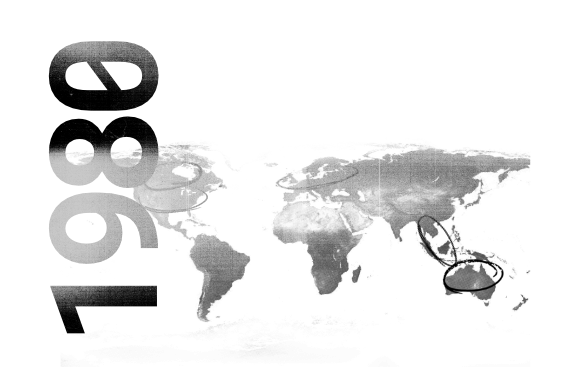
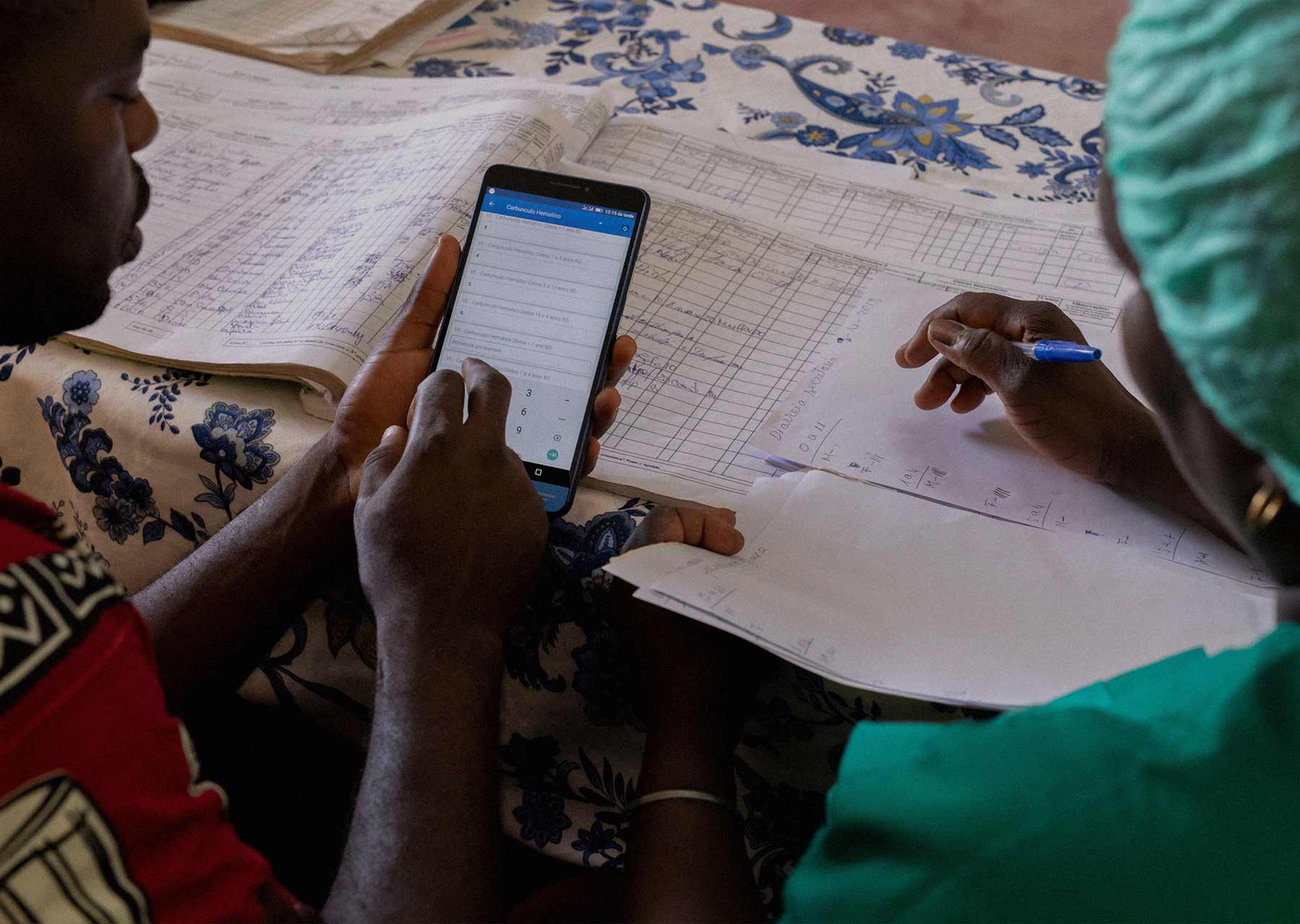

The details
